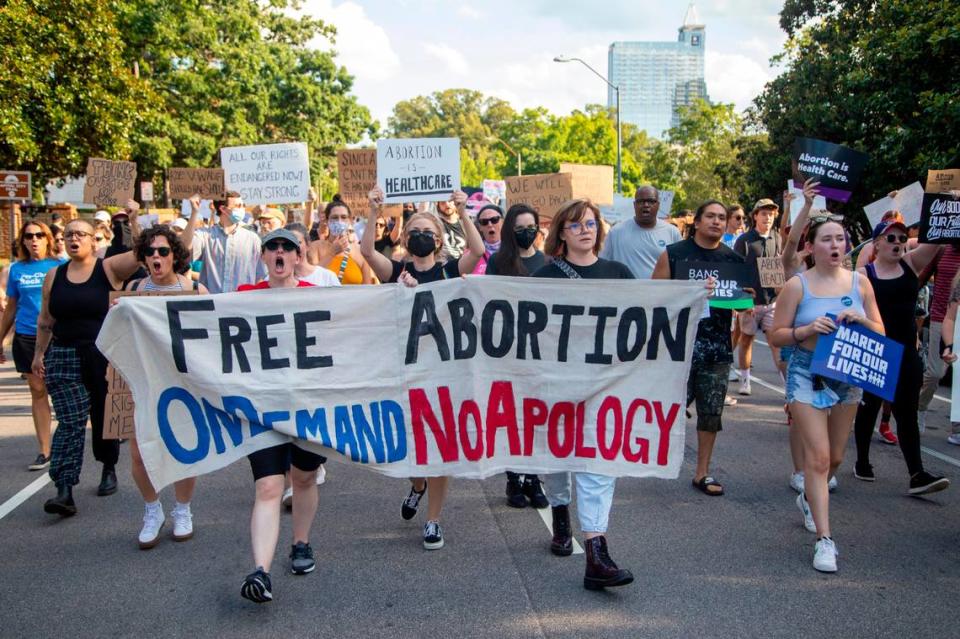No, New York Times: Trans people aren’t pushing women aside

On July 3, New York Times opinion columnist Pamela Paul published a column entitled “The Far Right and Far Left Agree on One Thing: Women Don’t Count.” If I’d just seen the title, I might have assumed she was talking about misogyny on both ends of politics, and the ways even well-meaning, “progressive” men can abuse power and silence women in activist circles.
Instead, Paul took the time to harass trans people, the same trans people who have been harassed by state legislatures in recent years for their desire to exist the same as everyone else, whether it’s playing sports or using the bathroom. She says that “women didn’t fight this long and this hard only to be told we couldn’t call ourselves women anymore.”
But no one is stopping us from calling ourselves women. It’s because we all know, presumably, that a “woman” is a type of person, but they aren’t the only type of person that can get pregnant.
My gender is something I didn’t examine until people in my life kept coming out. There are basics that I understood, or that I was trying to understand — sex and gender aren’t the same thing, that gender isn’t a binary, and that my friends and acquaintances were reintroducing themselves to me, but that didn’t change the care we had for each other.
But in spite of this, I’d never asked myself why I was a girl. I’d never considered that my understanding of womanhood was shaped by language, something that other species don’t have. I knew I didn’t like hyper-gendered phrases like “hey girl,” or “you ladies,” but I didn’t know if that was coming from my own distaste for those phrases or something deeper, something dealing with my understanding of myself.
I spoke with my former therapist, who was nonbinary, about it. They explained to me that their sense of who they were had been marred by dysphoria growing up, and they felt physically uncomfortable with the option laid out for them. But they didn’t have to fit into the boxes we’re all sorted into: instead, they chose to understand their gender in an entirely new way, because that is an option.
So what makes me a woman? More than anything, it’s a feeling. It’s the feeling of comfort in my own body, of comfort when people perceive me as a woman. I love being a woman. I love the body I exist in, and I don’t feel pained when I’m referred to as “she.” Even in my most masculine moments, where I don baggy t shirts or invest myself in traditionally masculine activities, I know I’m a girl because I feel like one.
I still don’t like the “hey girls” and “you ladies,” but it’s not because I don’t see myself as a girl or a lady. It’s because I don’t want to be reduced to a group that isn’t a monolith, one that makes up half of the world’s population.
Paul said it in her own column: “Women’s rights were human rights and something to fight for.” What she doesn’t seem to consider, however, is that women are human. They are people; so are trans men, trans women, and nonbinary people. That’s why we use the phrase “pregnant people,” or “people with uteruses”: there are people who can get pregnant that aren’t women, but everyone affected by the Supreme Court’s decision to overturn Roe v. Wade is a person.
Being included in the definition of “human” does not diminish my womanhood. In fact, Paul’s argument accomplishes the very thing she accuses the left of doing: reducing womanhood to biology, to a collection of body parts and stereotypes.
If we label abortion as a “woman’s issue,” we are saying that the people who can get pregnant, and who do get pregnant, do not deserve respect. It leaves out the trans people, including those in my life, who can get pregnant. It leaves out the cisgender, straight men who benefit from abortion, and makes it an issue that can be ignored. Instead of building solidarity in hopes of building a better society, Paul’s column divides, and makes it clear: to her, the overturning of a right is less important than being reprimanded for using the wrong pronouns.

 Yahoo Movies
Yahoo Movies 